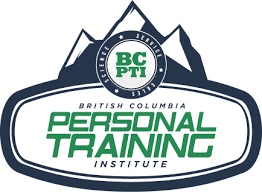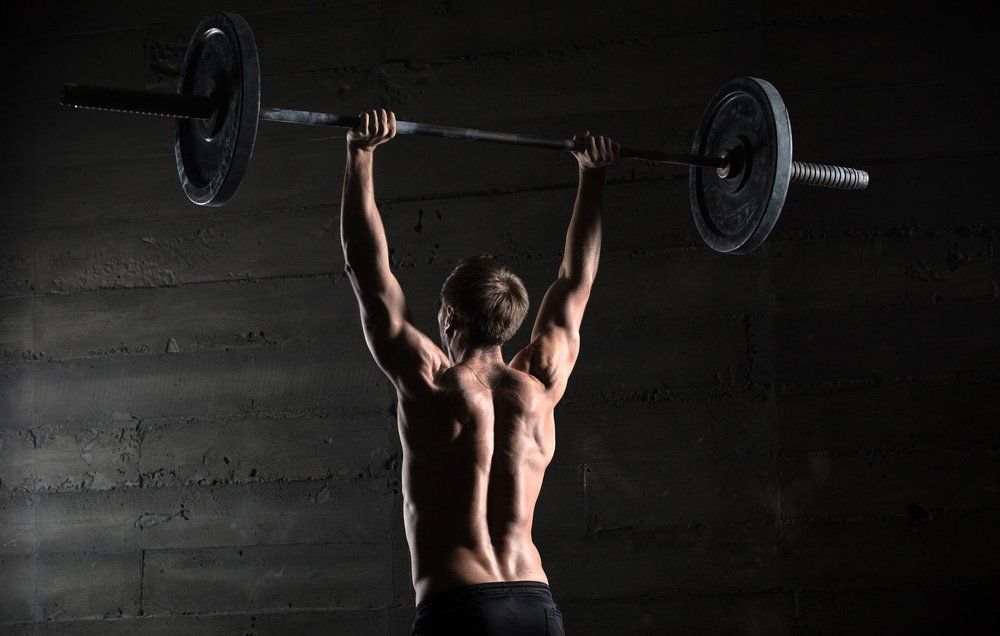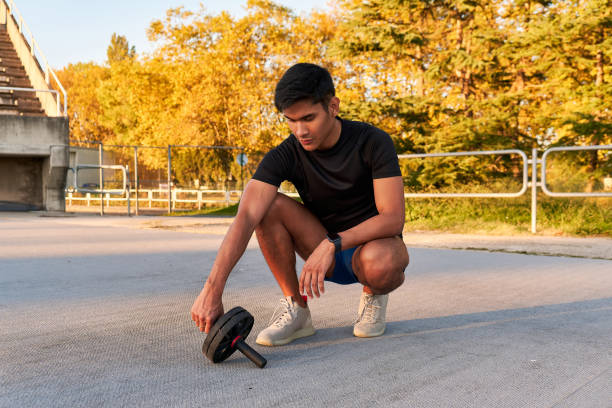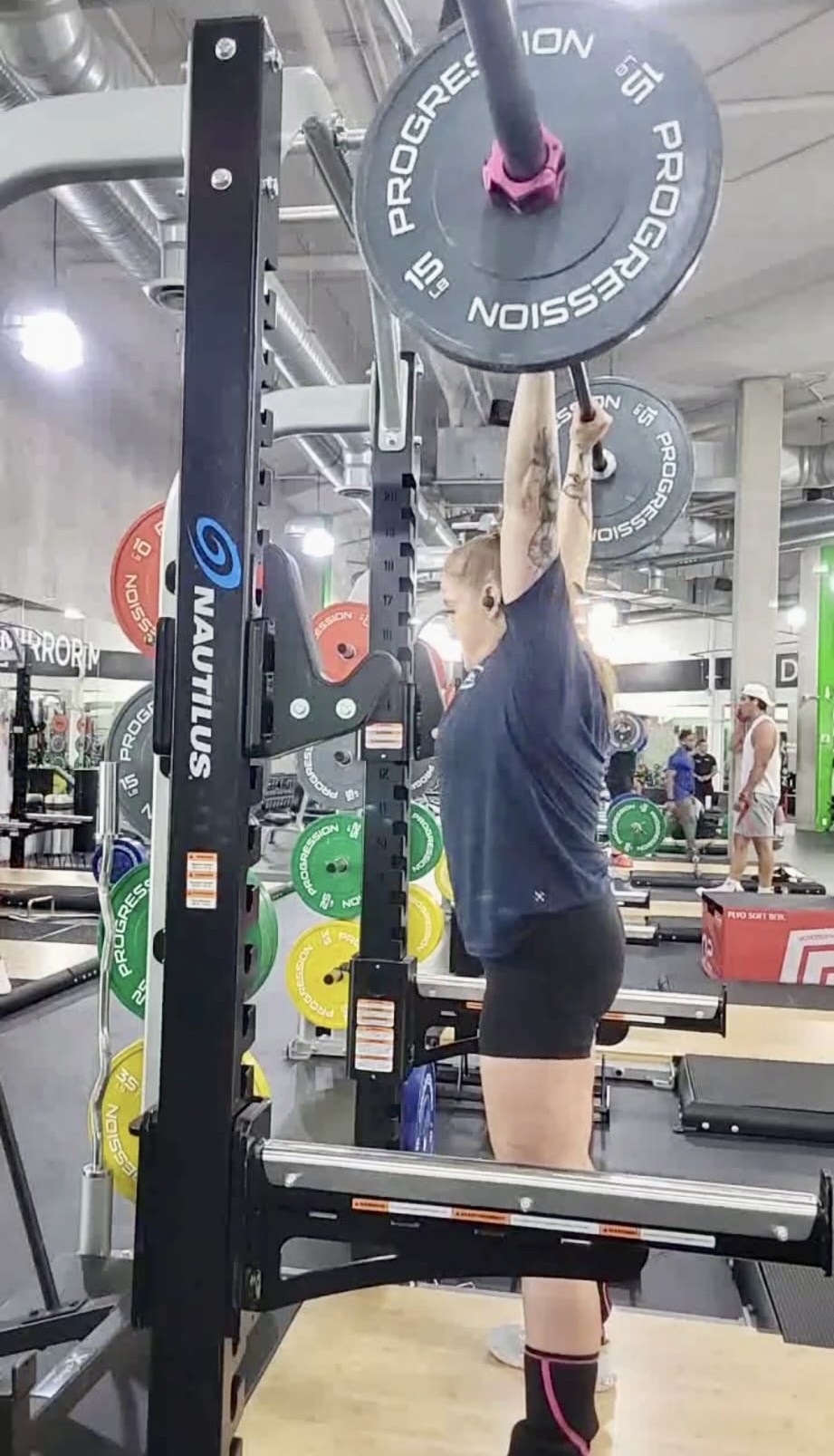Welcome back to part 2 of the Corrective Exercise Continuum for the “arms fall forward” movement-compensation observed in an Overhead Squat Assessment. In part 1, we targeted specific muscles that Inhibit the overhead position and aimed to reduce resting tension through those muscles. In part 2, Lengthen, we are going to use two stretches to attack all of the muscles that have been recently foam rolled. The two stretches are the Static Ball Latissimus Dorsi Stretch and TRX Doorway Stretch Variations.
Check out Part 1: Inhibitory Techniques for the foam rolling exercises that accompany these stretches.
Static Ball Latissimus Dorsi Stretch

The latissumus dorsi is responsible for pulling the arms towards the body, whether in the frontal plane (lat pulldowns train humeral adduction) or in the sagittal plane (straight arm pulldowns train humeral extension). When the lats are tight (or of poor quality), overhead movement is inhibited. That’s why we foam-rolled them in the last stage (Inhibit) and why we will stretch them now. The more mobile the lats are, the more flexibility we can achieve overhead.
The stability ball (swiss ball, exercise ball, etc.) is a fantastic mobility tool because it provides a surface to apply a passive stretch (using an object to apply stretch force) along with the ability to press into the ball for resistance. This combination lets the user lengthen the muscle tissue in one phase of the exercise (improving tissue quality). In the next phase, the user can apply a force through the ball (active stretch), which activates the muscles recently lengthened. This mobility technique (using passive and active stretches together) improves the tissue quality greatly.
In this particular position (quadruped with one arm extended over the ball), we can isolate one arm at a time in a “simulated” overhead position. Please pay special attention to the spine’s alignment; it’s very easy to compromise a neutral spine in pursuit of the last stretch here. Instead, shift your hips back towards your heels to find a deeper stretch. It’s important to explore scapular mobility in this position by moving through all 4 movements of the scapula (protraction, retraction, depression, and elevation. Most likely prioritizing depression and protraction).
The arm planted on the ground should be working hard to keep the scapulothoracic joint stable and the cervical spine neutral. Externally rotate the humerus and depress the scapulae to ensure proper isolation of the latissimus dorsi in this stretch.
TRX Doorway Stretch Variations

Postural distortions affect optimal movement and the efficiency of the Human Movement System. The altered movement patterns manifest in many ways (chronic suboptimal posture, habitual, repetitive movements, recovering from surgery, etc.). One of the most common postural distortions is known as “Janda’s upper crossed syndrome.” Which includes a rounded upper back, elevated shoulders, rotated shoulders, and winging of the scapulae. Each one of those indicators contributes to inhibited overhead movement. Using a doorway stretch helps release many of the muscles responsible for the altered movement presented with the upper crossed syndrome.
The TRX is my personal favourite mobility tool for the glenohumeral joint. As you can see in the video, the TRX provides many positions to stretch from. In the doorway stretch, we use 3 positions: T-Spine, Y-Spine, and I-Spine, each describing the arm positioning relative to the torso. Each position stretches the pecs differently and prioritizes different secondary stretch muscles (I-Spine prioritizes lats, whereas T-Spine prioritizes anterior deltoids and biceps). When trying to improve flexibility, stretch diversity is important.
Using a split stance allows for a gentle “bounce” in and out of the stretched position. Like adding a press into the stability ball to engage an active stretch, we can “bounce” our body further through the TRX to increase the stretch on the shoulders. The pulsing introduces a slight increase in stretch followed by an immediate release of the stretch. This provides similar benefits experienced in the Static Ball Latissimus Dorsi stretch. Always ensure that the cervical spine is neutral (never pushing the head towards the wall in front of you).
Stretching for Overhead Mobility Precedes Activation
The main objective of stretching within a Corrective Exercise Continuum is to restore or improve “length-tension relationships” (the net resting tension at a joint; too many biceps curls results in “bodybuilder’s elbows” – perma-flexed elbows). Now that the length-tension relationships are improved, we can start targeting the weaker muscles to strengthen them.
Check out Part 1: Inhibitory Techniques for the foam rolling exercises that accompany these stretches.







Leave A Comment